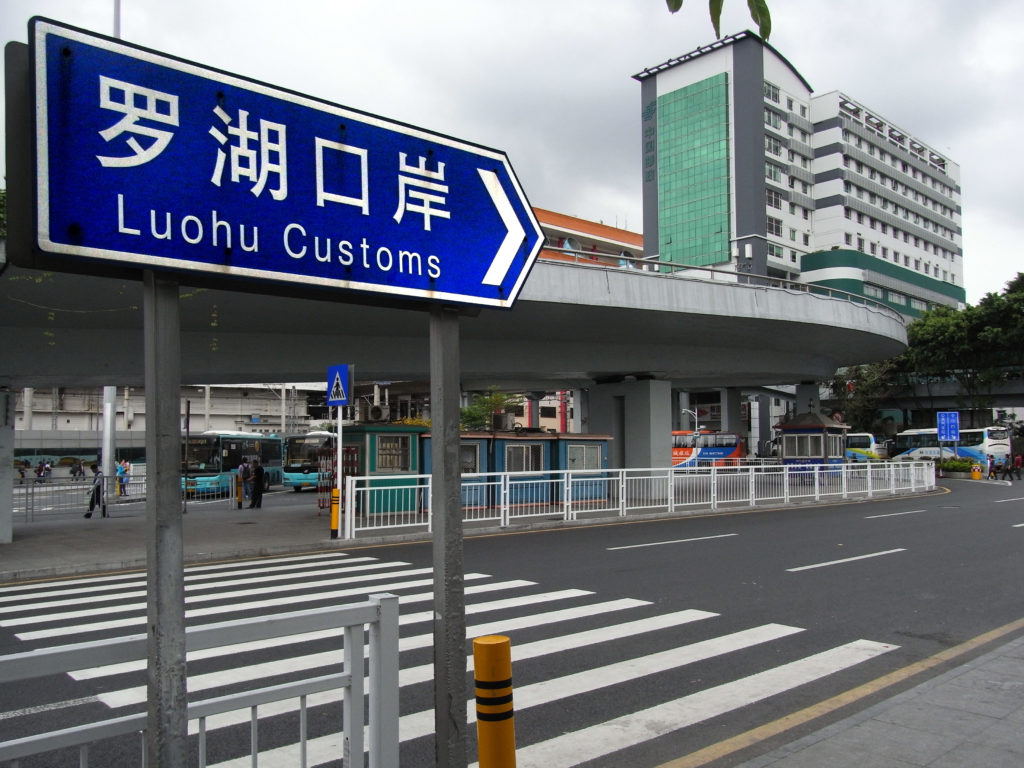Above all, protecting your trademark in China requires you register your trademark in China.
But if you want to provide additional valuable protection for your trademark, you also should register your China trademark again with Chinese Customs. This additional registration is especially important for those exporting goods from China at risk of counterfeiting. Although there’s no legal requirement that you register with China Customs, for practical purposes, it’s the only way they’ll lift a finger to seize infringing goods.
When we register our clients’ China trademarks with China customs, we provide China customs with the following information:
- Full name and registered address of the client (the IP owner)
- Contact information, including name, department, address, cell phone number, landline number, fax number, and email address. If customs has a question regarding a product it sees, we want them to be able to reach the right person as quickly as possible.
- Our client’s “business license,” proving to China customs that our client exists and is a legitimate business. This is usually a Certificate of Incorporation or a Certificate of Good Standing, but it can vary with the country and sometimes even with the state within the United States. We also provide China customs with translations of these documents. China Customs sometimes does not accept black and white pdf versions of these documents but usually our explanations of how they are indeed the original version suffices. When that does not work, we send them a certified copy of the document bearing the seal of the state or country. What we provide initially typically depends on our client’s timing and cost issues.
We also must provide China customs with a power of attorney signed by the IP owner (Customs requires we use a particular form), authorizing us to handle filings on its behalf. The POA requires the name of the person executing the POA, his/her title, phone number, email address, and the date the POA is executed.
We next submit the relevant IP information, which typically consists of the following:
- The name of the IP owner.
- The type of registration (domestic or WIPO). Domestic registrations are generally easier and better. For more on this, check out Register Your China Trademarks in China not Madrid.
- The trademark registration number, class, list of goods, and the period during which the IP registration is effective.
- A certificate of trademark registration and a photo of the client’s mark. For word marks, a typed copy of the words is not sufficient; China customs requires a photograph of the word mark.
- For each trademark, a list of products covered by the trademark and a list of those for which the client would like “heightened protection” from Customs. China customs allows us to provide up to 30 items per trademark.
- For each product, the name of the product, a brief description of the product (in Chinese, of course), and a photo clearly showing the product.
Going forward, we are able to modify product information to correspond to the IP owner’s updated product line.
For each trademark, we also provide a list of the names of any entity authorized to use the trademark other than the actual trademark owner. For each such entity, we provide the name of the entity, the name of the product(s) the entity is authorized to use, the type of entity (e.g., manufacturer, exporter, importer), and a start date and an end date for when the entity is authorized to use the trademark.
China customs makes a determination on the submittal within 30 days after a completed application is submitted. Once approved, we must pay a small fee to China customs for each registration. The registration will be valid for ten years (or as long as the relevant IP right is valid, but no longer than 10 years), but may be renewed for additional ten-year periods.
China customs also allows for registering copyrights, and it is often advisable to do so as part of a comprehensive China IP strategy.

























